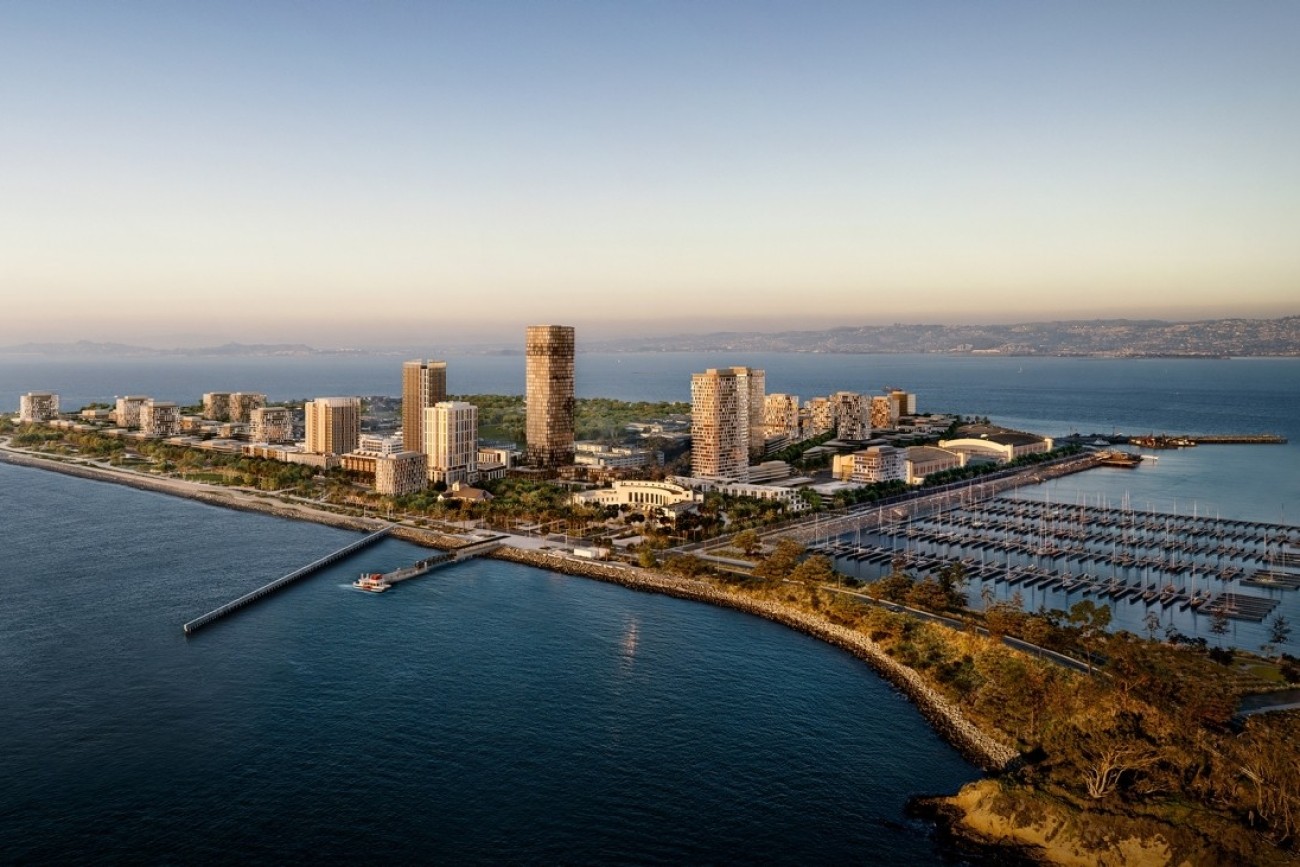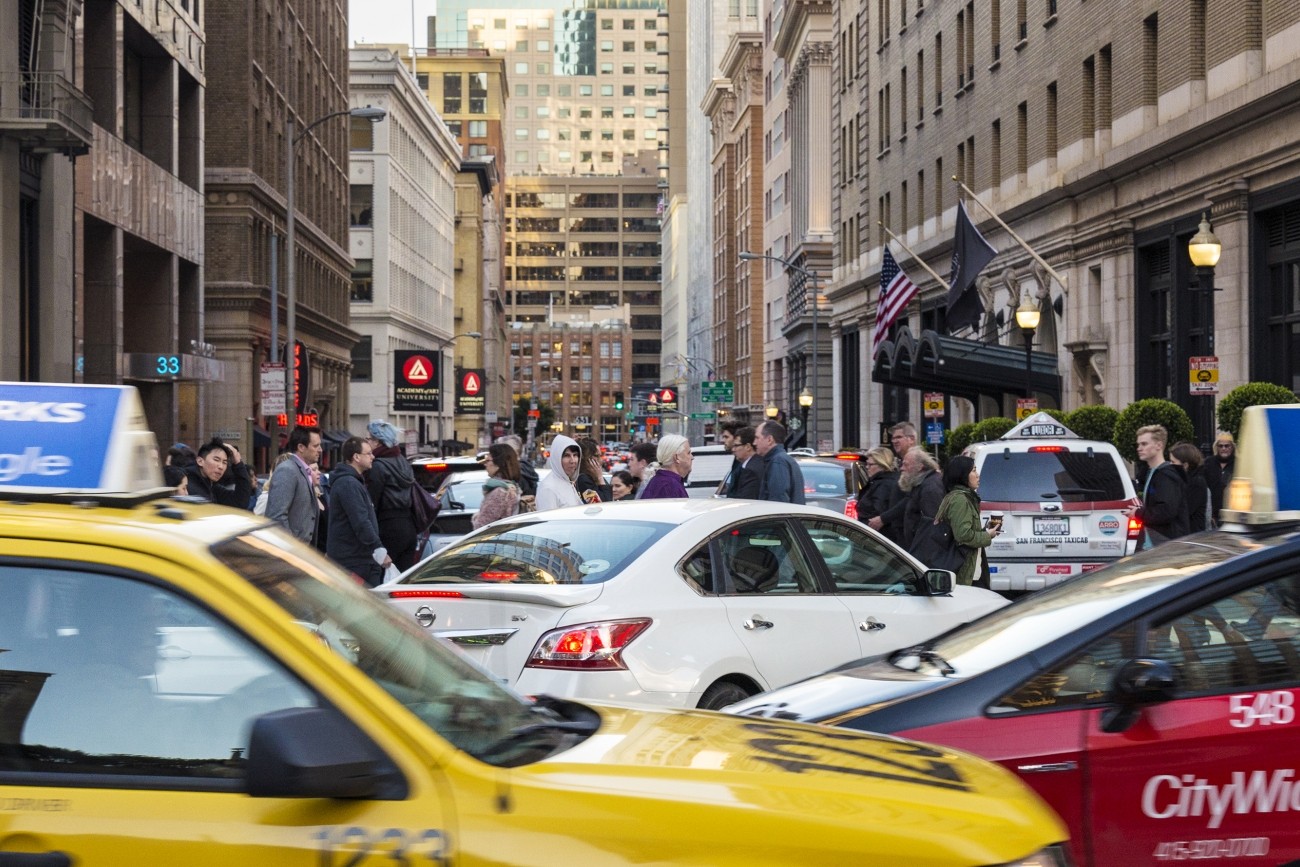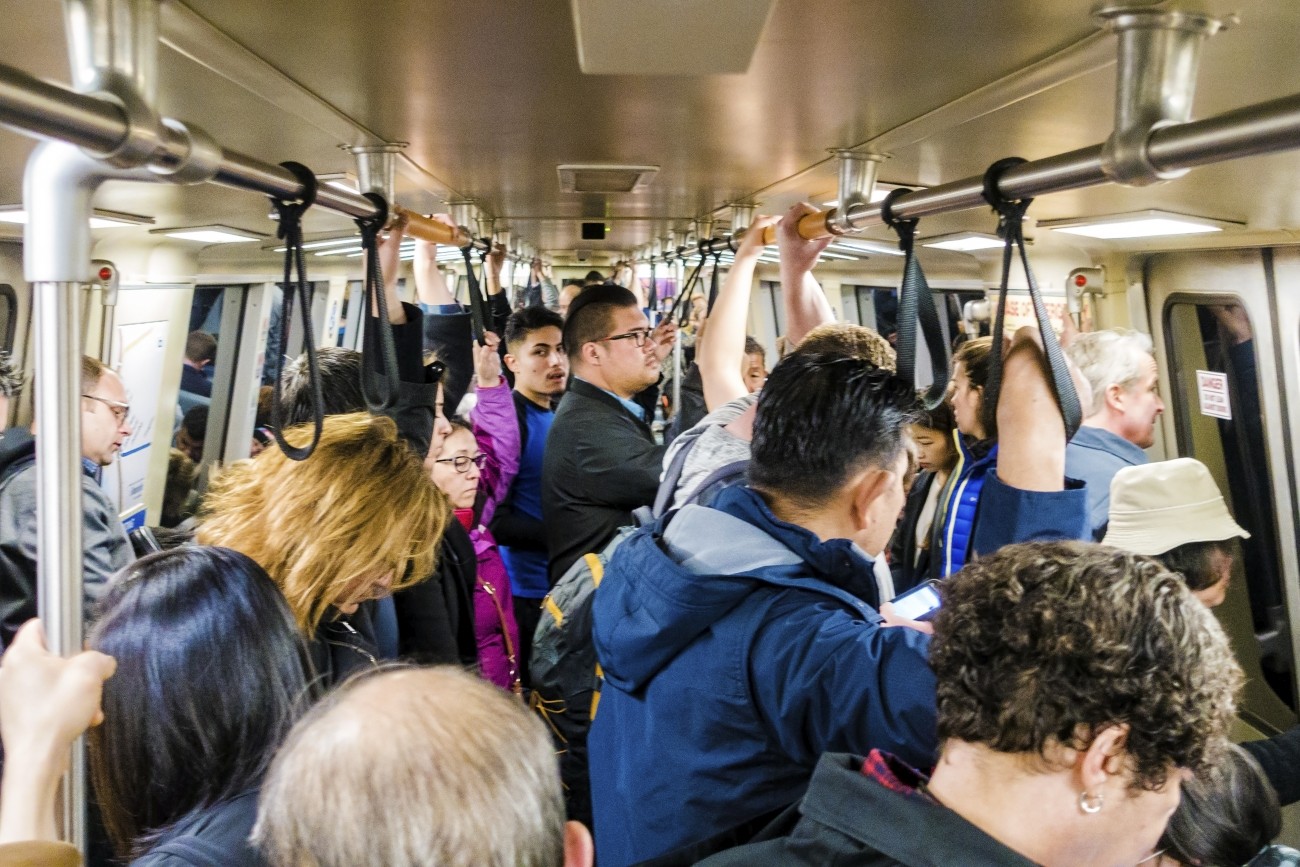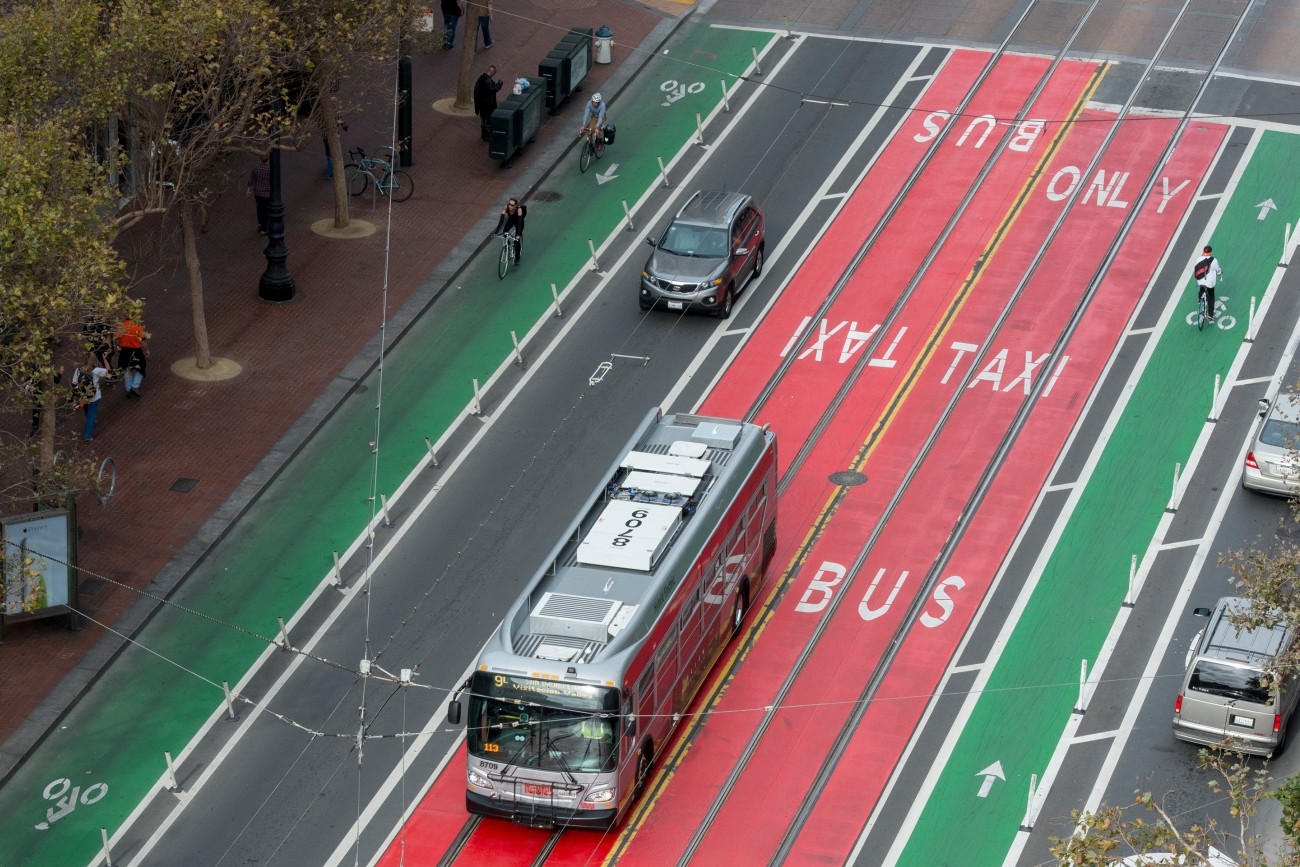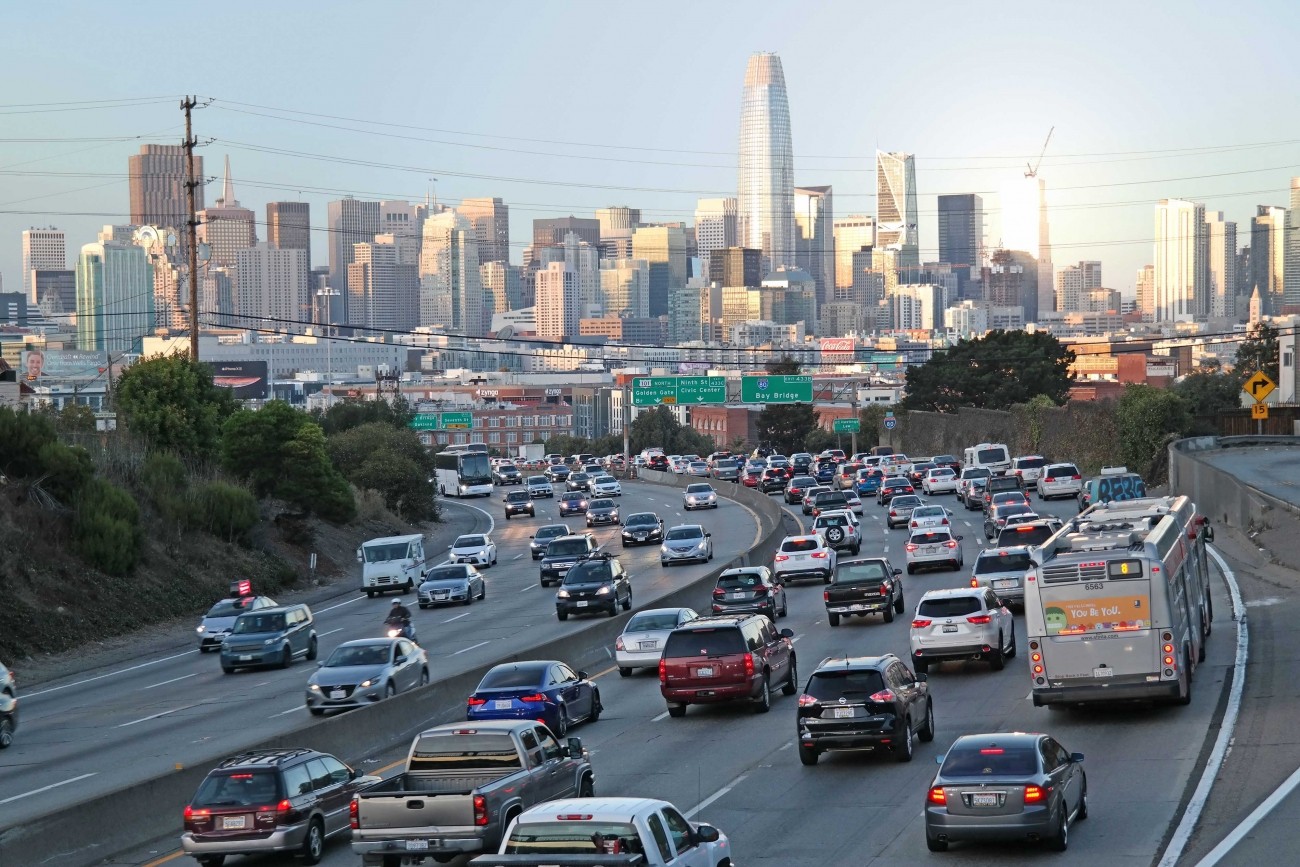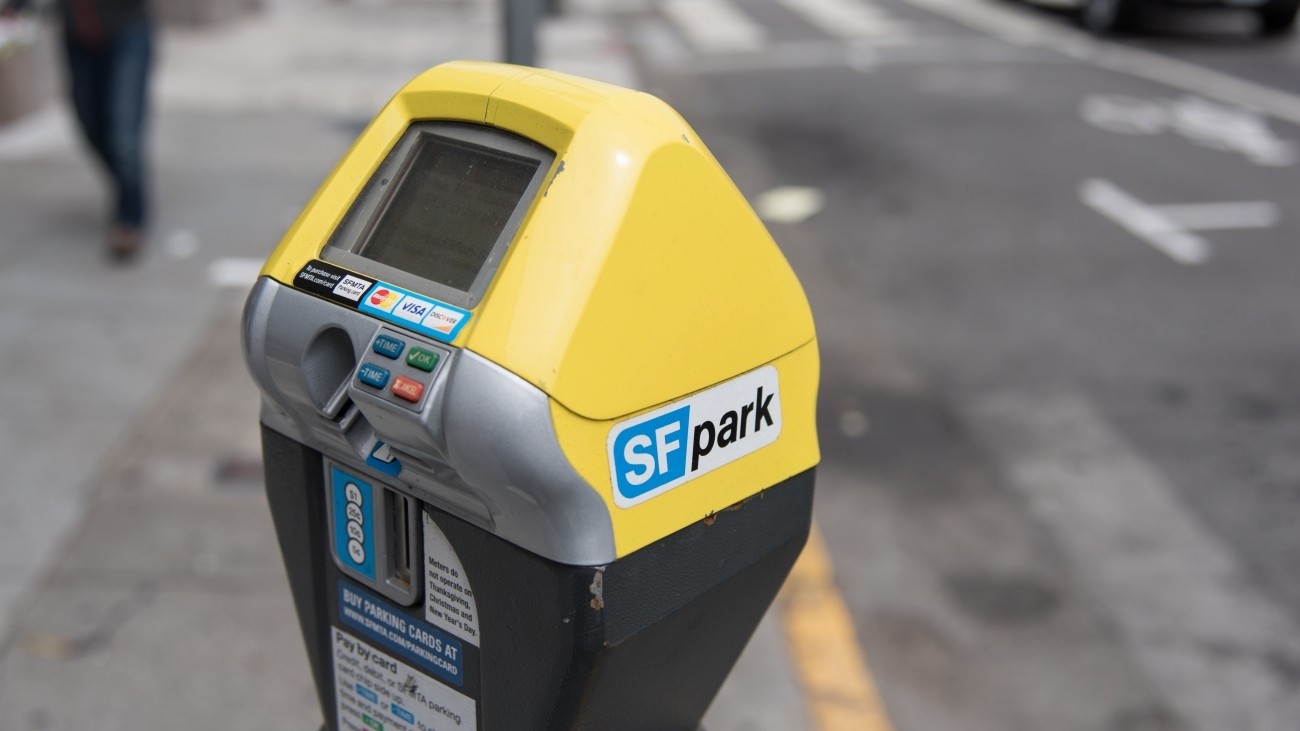
Photo: SFMTA Photography Department
Introduction
In recent years congestion in San Francisco reached record levels. A rising population and job growth—combined with a growing presence of ride-hail vehicles—has resulted in clogged streets, particularly downtown and in SoMa.
Pricing
One tool that has been used successfully to manage congestion is charging a fee to drive in the most crowded locations and at peak times. Congestion charges encourage drivers to consider alternatives like walking, biking, or taking transit or driving at another time of day. Even a small reduction in vehicle trips can help keep traffic moving, reduce emissions, improve safety, and generate revenue for improvements such as better transit service, street upgrades, and bicycle and pedestrian projects.
We already use price to manage private vehicles when they’re parked. In public lots and on the street, we charge higher rates in more congested parts of the city and lower rates where there’s less demand. There is already pricing for some moving vehicles—with bridge tolls into the city and express lanes on some Bay Area freeways.
San Francisco has considered several ways to address congestion through pricing and incentives:
- Carpool and express lanes on freeways
- Downtown congestion pricing
- A toll to enter and exit Treasure Island
- A reservations and pricing system for the crooked section of Lombard Street
Incentives
Incentives can help change traveler choices in ways that will make our transportation system work better. For example, the Transportation Authority worked with BART on a “BART Perks” pilot program that gave people small cash rewards for shifting their travel times away from the most crowded hours of the day. Not everyone can shift their travel times, but if enough people do so, the system will work better. The Transportation Authority will explore using this incentives concept more widely, combined with pricing tools.
Making Sure Pricing Programs Are Fair
One of the biggest concerns many people express about using pricing to manage transportation demand is whether we can make such a system fair.
Inequities have long been ingrained in our transportation system, as noted in the 2019 TransForm report 'Pricing Roads, Advancing Equity.' Vulnerable communities—which include low-income households, people of color, and those disadvantaged due to ability, age, or other factors—have long borne the brunt of negative transportation impacts while paying a proportionally larger share of their income to get where they need to go, the report states.
If done well, transportation pricing can make San Francisco’s transportation system more equitable. A best practice for ensuring an equitable pricing program is to combine a fee with subsidies, discounts, and/or incentives that specifically help disadvantaged travelers. Another common practice is to use pricing revenues to pay for more sustainable transportation modes such as transit, walking, and biking.
A few examples include:
Targeted re-investment of fees to prioritize revenue from congestion fees for services and improvements benefiting low-income travelers and affected neighborhoods such as increased bus service, lighting, and safer streets.
Subsidies for people with low incomes receive a subsidy to offset the costs of a pricing system. For example, Los Angeles Metro’s Low-Income Assistance Plan for the region’s express lanes provides $25 in toll credits and waives monthly fees for low-income customers.
Discounts people with low incomes pay a discounted rate.
Incentives for people with low incomes accrue credits after taking a certain number of trips on transit, and can use those credits to pay for pricing fees, transit, or other transportation costs. For example, Los Angeles offers a program like this through its Transit Rewards Program.
Resources
SFMTA: The San Francisco Muni Service Equity Strategy
TransForm: Pricing Roads, Advancing Equity
"Is congestion pricing fair to the poor?" by Michael Manville, UCLA
